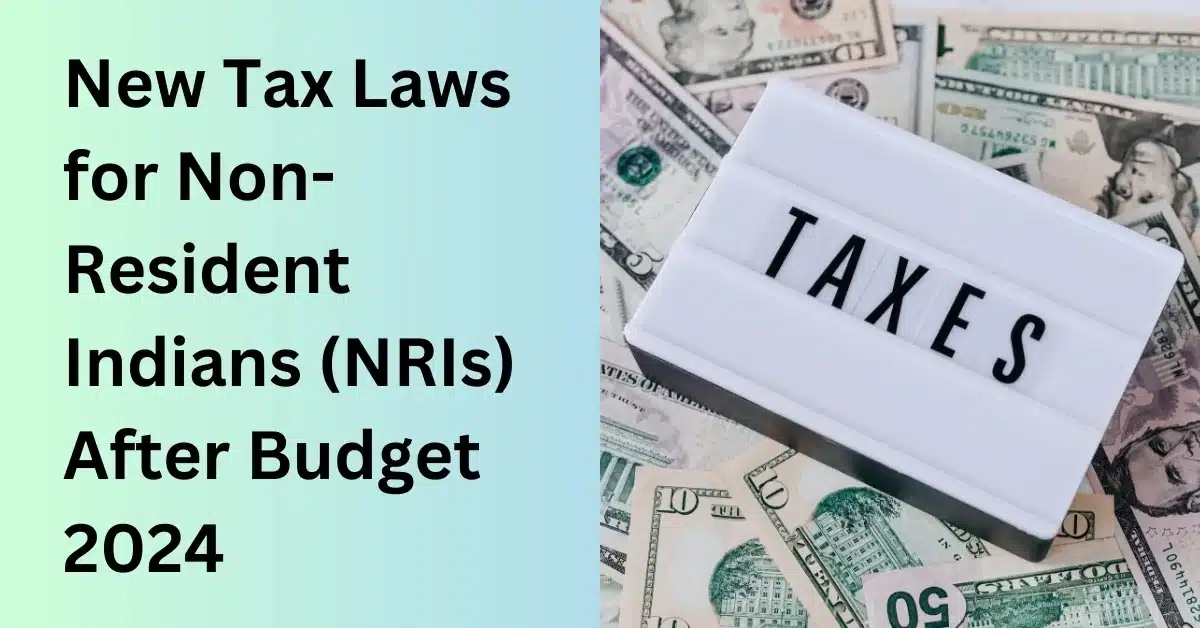Changes in Tax Residency Rules for NRIs

The Indian diaspora is the largest overseas community in the world, with approximately 35.4 million non-resident Indians (NRIs) and Persons of Indian Origin (PIOs) living abroad as of May 2024. The majority of this population resides in countries like the United Arab Emirates and the United States. Recently, significant changes have been made to the tax residency rules for NRIs and PIOs visiting India. These changes, introduced by the Finance Act of 2020, have sparked discussions among tax experts and organizations like the Bombay Chamber of Commerce and Industry (BCCI). The amendments have raised concerns about their complexity and potential negative impact on both taxpayers and the Indian economy.
Understanding the Changes in Tax Residency Rules
Before the Finance Act of 2020, NRIs and PIOs were considered non-residents if their stay in India was less than 182 days during the relevant tax year. This rule allowed them to avoid paying taxes on foreign-sourced income. However, the new amendments have altered this framework significantly. The revised rules introduce a graded residency criterion based on the duration of stay and the amount of India-sourced income.
Under the new rules, NRIs and PIOs will be classified as non-residents if their stay in India is less than 120 days, regardless of their income from Indian sources. If their India-sourced income is below ₹15 lakhs, they can still be considered non-residents if their stay is less than 182 days. However, if their India-sourced income exceeds ₹15 lakhs and their stay is between 120 and 182 days, they will be classified as “not ordinarily residents.” This new classification complicates the tax situation for many individuals, as they now need to monitor both their length of stay and their income sources meticulously.
Implications for NRIs and PIOs
The amendments have created a more complex tax environment for NRIs and PIOs. Tax experts, including Ravikant Kamath from EY-India, have pointed out that the new rules require individuals to track not only their stay in India but also their income from Indian sources over the past four years. This added complexity can lead to confusion and potential tax liabilities that were not present under the previous regulations.
Moreover, the changes mean that NRIs and PIOs with India-sourced income exceeding ₹15 lakhs and a stay of more than 120 days will be taxed at the higher rates applicable to residents. This shift could discourage individuals from spending time in India, as they may seek to limit their stay to avoid higher tax rates. The BCCI has expressed concerns that this could lead to a decrease in economic activity, as NRIs and PIOs may choose to invest less in India to keep their income below the ₹15 lakh threshold.
Economic Impact and Recommendations
The BCCI has submitted a pre-budget memorandum urging the government to reconsider these amendments. They argue that the changes do not align with the original goal of ensuring that individuals engaged in substantial economic activities in India pay taxes on their global income. Instead, the new rules may allow targeted individuals to avoid higher taxes simply by limiting their stay in India to below 120 days.
Furthermore, the BCCI highlights that the lower threshold for residency could negatively impact both direct and indirect tax revenues from sectors like travel and hospitality. If NRIs and PIOs reduce their time spent in India, it could lead to decreased spending in these sectors, ultimately affecting the broader economy. The organization suggests that the government should roll back these amendments to promote greater economic engagement and investment from the Indian diaspora.
Observer Voice is the one stop site for National, International news, Sports, Editor’s Choice, Art/culture contents, Quotes and much more. We also cover historical contents. Historical contents includes World History, Indian History, and what happened today. The website also covers Entertainment across the India and World.

